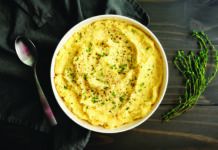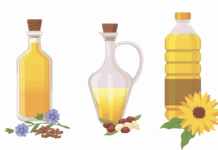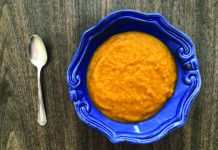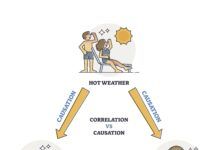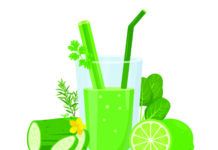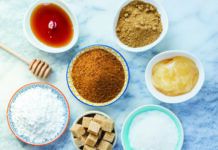A. Kelsey Watson, a dietetic intern at Tufts Frances Stern Nutrition Center, answers: Youre right in recognizing that fruit contains many valuable nutrients, including fiber, a nutrient for which most Americans do not meet the daily recommendation. Most of a fruits fiber is contained in its peel and pulp. For example, the edible portion of a medium orange contains 2.66 grams of fiber, while four ounces of orange juice contain only 0.23 grams of fiber. Juicing fruit will remove more fiber than blending it, so it is important to recognize the difference between the two techniques.
Juicing is a method for fruit and vegetable preparation that has gained popularity in recent years and is touted for its supposed detoxification powers. In the juicing process, the water and some nutrients are extracted from the fruit. Remaining are some vitamins and antioxidants, the hydrating water content of the fruit, and the fructose, which provides your body with a simple source of energy. But unfortunately, if your new machine is a juicer that is removing the pulp and skin of the fruit and leaving only juice, you are missing out on a lot of fiber, as well as much of the fruits antioxidant content. The high fructose paired with the low fiber content of the juice may also cause spikes in blood sugar.
Blending, on the other hand, is a process that breaks down whole fruits as they are, without destroying their nutrient or fiber content. The retention of the fiber in blended fruit will do more to keep the body feeling full than juice will, and all of the vitamins and other nutrients remain intact in the blended version of the fruit. Looking again at an orange, a medium whole orange contains higher amounts of vitamin A, beta-carotene, vitamin E and vitamin C than a four-ounce serving of its juice.
Though juicing is not necessarily unhealthful, the best method for retaining your fruits fiber and nutrient content is either eating the fruit whole, or blending it whole.

